Key in a search term below to search our website.
Key in a search term below to search our website.
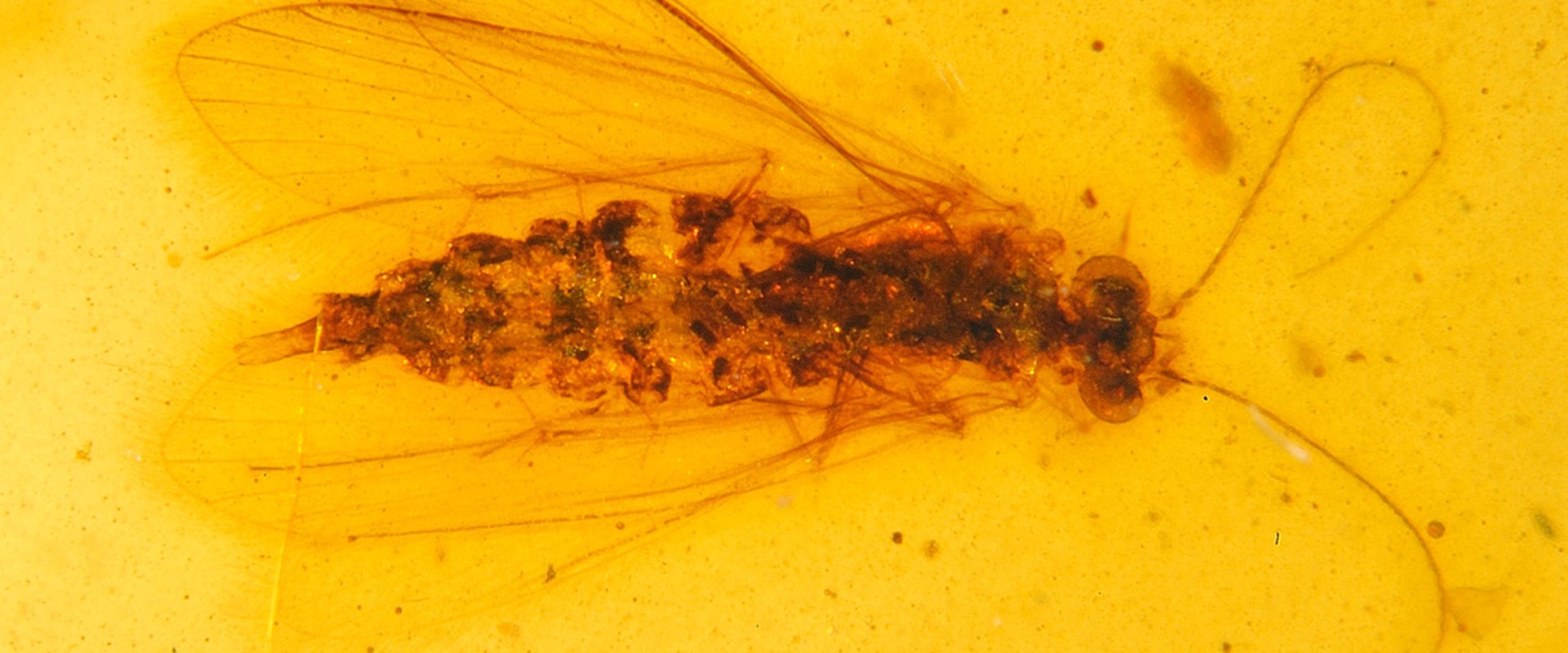
Discover how this enigmatic material is shining a light on ecosystems millions of years old.
A beautiful and versatile material, amber (fossilised tree resin) has been treasured for thousands of years as jewellery. Found all over the world, it can vary widely in appearance and has had many different uses.
Amber has the unique capacity to preserve fragile life, opening a special window into the past. Delicate insects and other inclusions have been kept safe in amber for millions of years.
Until relatively recently, Burmese amber was regarded as one of the rarer and lesser-known ambers. However, a resurgence in the study of this enigmatic amber over the past two decades means that it has become the most important amber from the Cretaceous Period (66-145 million years ago).
A hundred years ago, this amber was considered to be about 40 million years old. At about that time, American zoologist Theodore Cockerell (1866-1948) named 37 species of insects and four other arthropods trapped within it, from the only public collection at the Natural History Museum in London.
Renewed interest in this collection, mainly from Russian scientists, enabled the description of two new species of ant in 1996 and 15 other insects in 2000. It was then realised that these insects had more in common with those of other Cretaceous ambers.
In about 2000, a Canadian mining company started exporting freshly mined amber from Myanmar (formerly Burma) and collections were built up in the USA. There then followed a steady output of papers describing new species from the American and London collections. Study of the sedimentary bed that the amber came from enabled it to be accurately dated to 99 million years old, based on radioactive zircon crystals.
In about 2015 the Chinese became very interested in Burmese amber and new mines opened up in Myanmar to supply the demand. The amber became more readily available and many scientists around the world started studying its inclusions. The number of scientific papers published describing new species skyrocketed and by the middle of 2021 over 2,000 species had been described, including over 1,500 species of insects. In 2019 it was reported that there were atrocities perpetrated by the Myanmar military in the Kachin amber mines area, which had commenced in November 2017. This has led to discussions about the ethics of Burmese amber and more diligence is now taken with regards to potential acquisitions.
A supplementary list of recently described species in Burmese amber can be found here.
National Museums Scotland only has a relatively small collection of Burmese amber. Many of these specimens were displayed in the Amazing Amber exhibition in 2013.
A few new species have been named from this collection and are shown here.
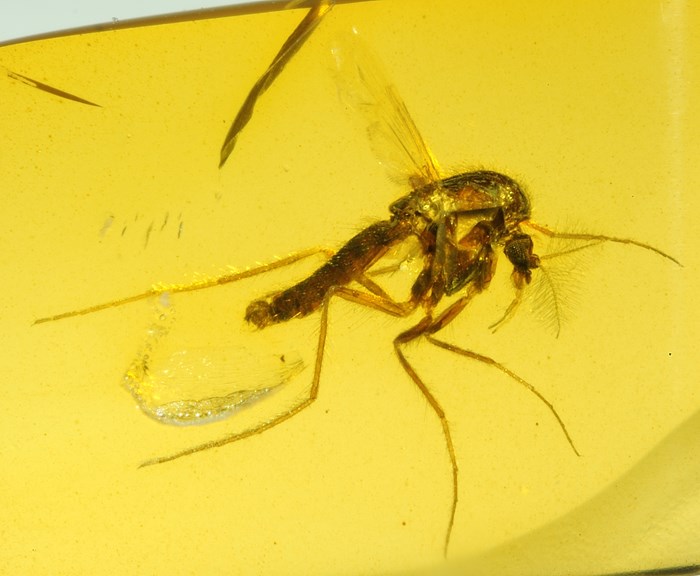
Above: Midge. Furcobuchonomyia saetheri.
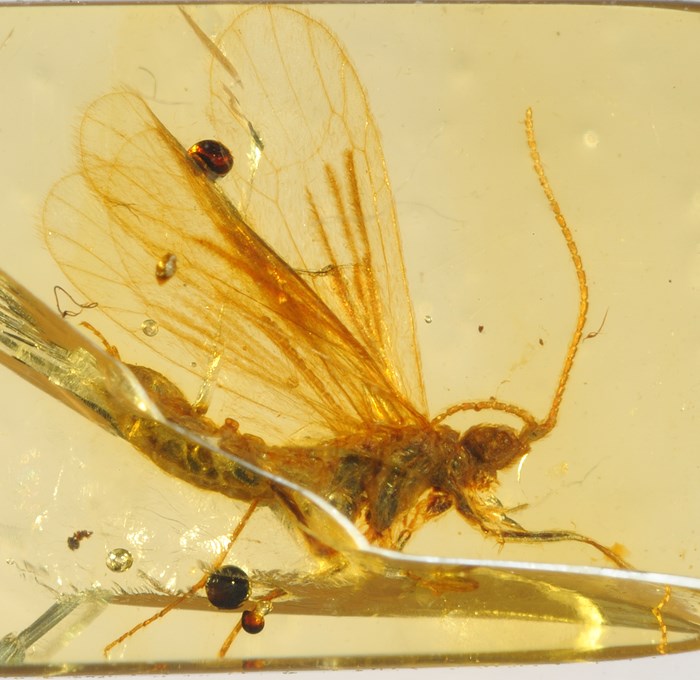
Above: Tarachopteran. Tarachocelis microlepidopterella.
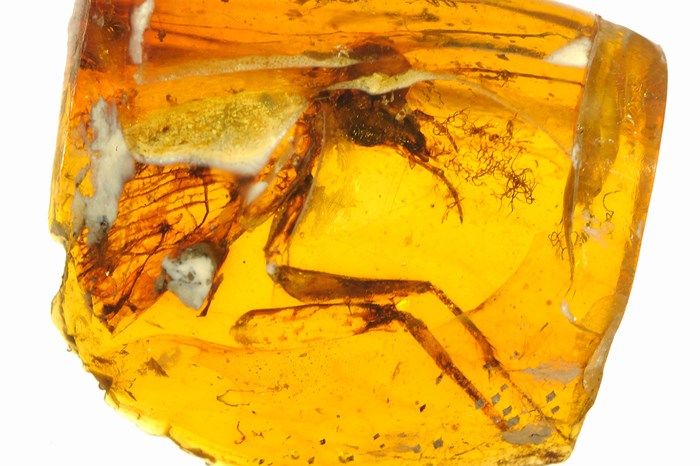
Above: Praying mantis. Burmantis zherikhini.
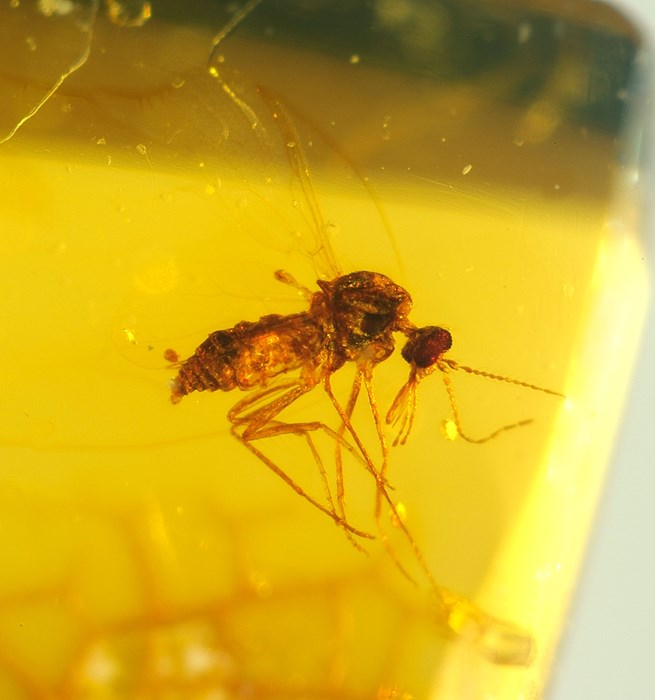
Above: Biting midge. Archiaustroconops andersoni.
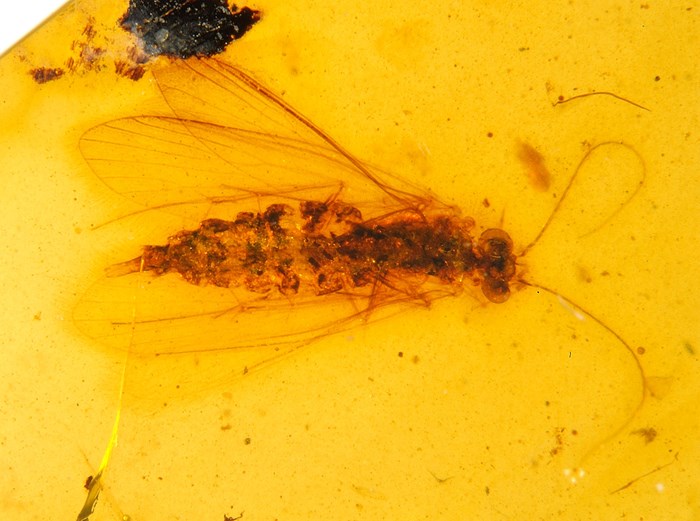
Above: Caddisfly. Palerasnitsynus sp.
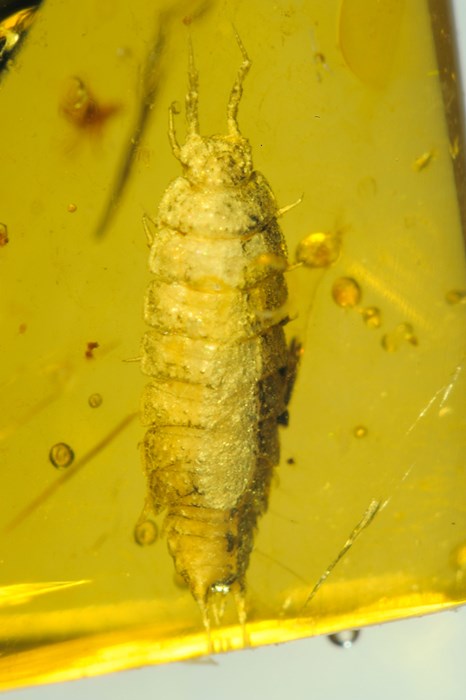
Above: Woodlouse. Myanmariscus deboiseae.